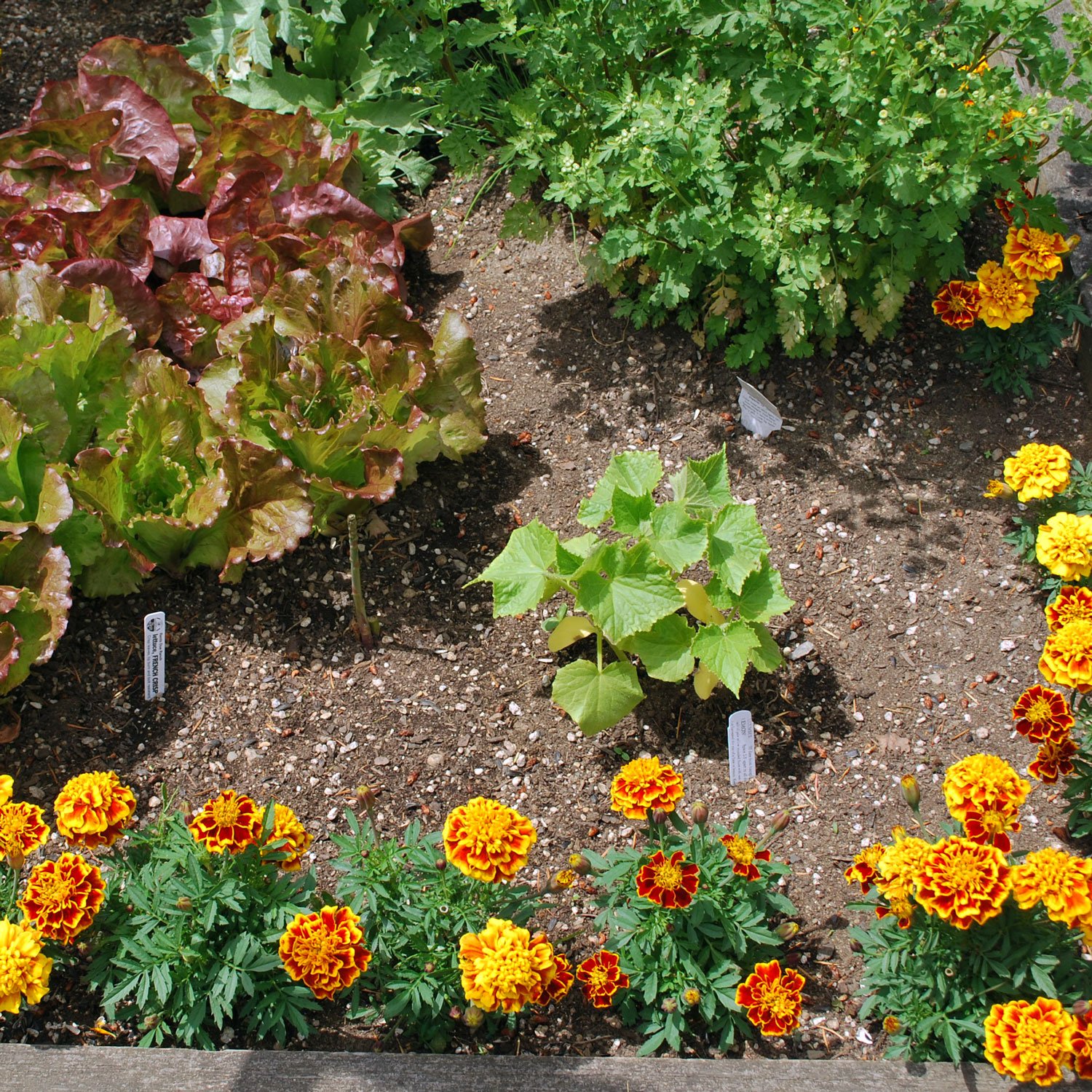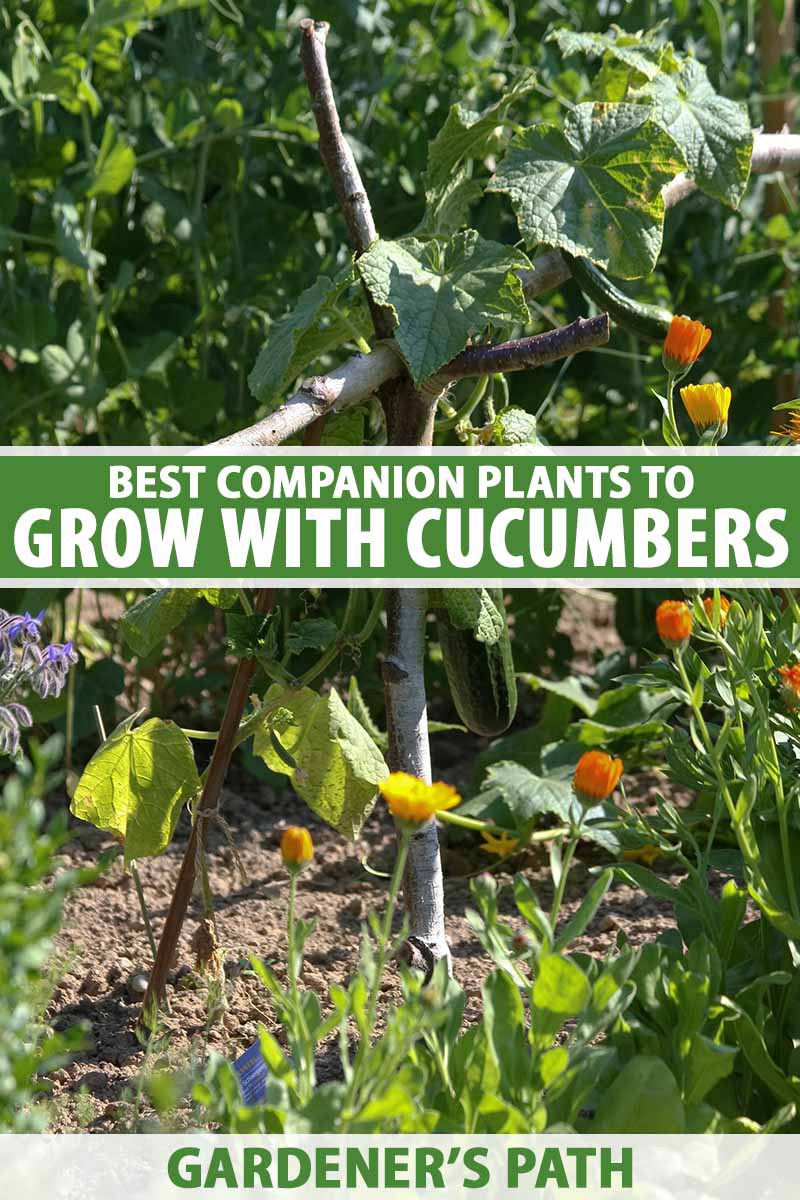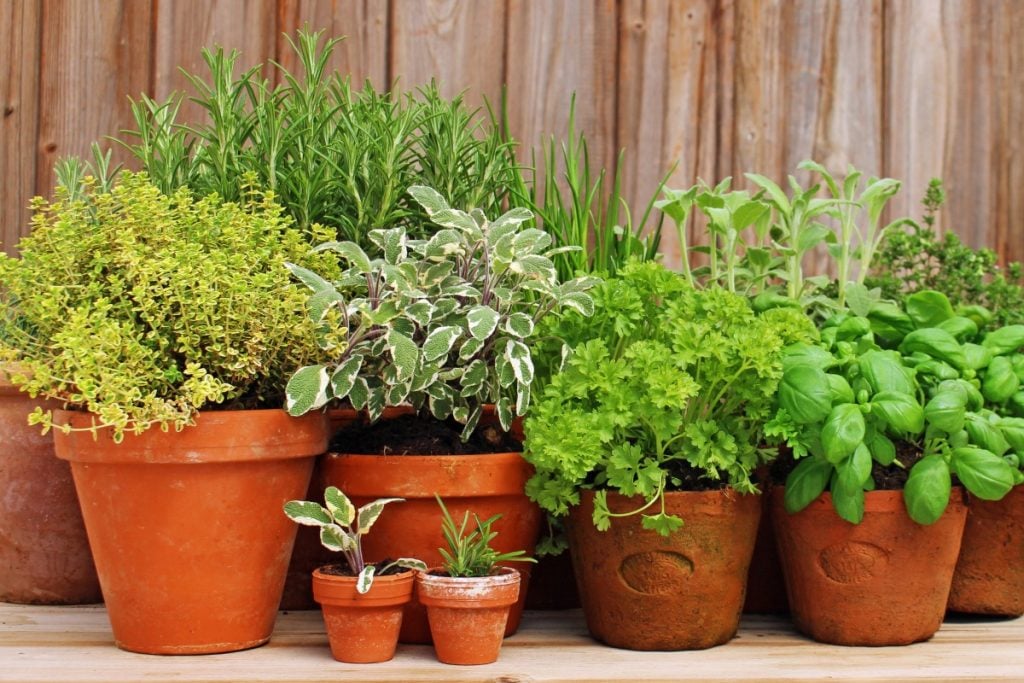The Ultimate Guide To Companion Planting In Containers
The Ultimate Guide to Companion Planting in Containers
Companion planting is a gardening practice of planting certain plants together in order to benefit each other. This can be done in any type of garden, but it is especially beneficial in container gardens, where space is limited.
There are many different benefits to companion planting. Some of the most common include:
- Attracting beneficial insects. Many plants attract beneficial insects, such as ladybugs, lacewings, and parasitic wasps. These insects help to control pests, which can save you time and money on pest control.
- Distracting pests. Some plants have strong scents or flavors that can distract pests from other plants. For example, planting mint near tomatoes can help to deter tomato hornworms.
- Improving soil quality. Some plants, such as legumes, fix nitrogen in the soil. This means that they can provide nitrogen to other plants, which can help to improve their growth.
- Shading roots. Some plants have deep roots that can help to shade the roots of other plants. This can be helpful in hot climates, where shallow-rooted plants can be susceptible to heat stress.
- Providing support. Some plants, such as peas and beans, can provide support for vining plants, such as tomatoes and cucumbers. This can help to prevent the vining plants from becoming untidy and can also help to prevent them from getting diseases.
When choosing plants to companion plant together, it is important to consider the following factors:
- Plant height and spread. Make sure that the plants you choose will not outgrow their containers or crowd each other out.
- Sunlight requirements. Make sure that all of the plants you choose have the same sunlight requirements.
- Soil type. Make sure that all of the plants you choose prefer the same type of soil.
- Pest and disease resistance. Choose plants that are resistant to the same pests and diseases.
- Season of growth. Make sure that the plants you choose will all be growing at the same time.
Once you have chosen your plants, you can start planting them. When planting, it is important to follow the instructions on the plant tags. You may also want to consider adding some compost or other organic matter to the soil to improve its fertility.
After planting, you will need to care for your container garden in the same way that you would care for any other garden. This includes watering, fertilizing, and weeding. You may also need to provide some support for vining plants.
With a little planning and care, you can create a thriving container garden using companion planting. This can be a great way to save space, attract beneficial insects, and improve your harvest.
Do you want to grow a healthy and productive container garden? If so, you should consider companion planting. Companion planting is a gardening technique that involves planting certain plants together to benefit each other. By planting compatible plants together, you can improve your chances of success in container gardening.
There are many different companion planting combinations that you can try. Some popular combinations include:
- Tomatoes and basil: These two plants help each other to thrive. Basil helps to deter pests from tomatoes, and tomatoes provide support for basil to climb.
- Beans and peas: These plants fix nitrogen in the soil, which benefits other plants in the container.
- Lettuce and carrots: These plants have different water needs, so they can help to keep each other from getting too wet or too dry.
- Marigolds and tomatoes: Marigolds help to repel nematodes, which can damage tomato plants.
If you're not sure which plants to combine, you can always visit Gardenia Inspiration for more information about companion planting in containers. This website has a comprehensive list of companion planting combinations, as well as tips on how to get started with companion planting.
FAQ of companion planting in containers
1. What are the benefits of companion planting in containers?
There are many benefits to companion planting in containers. For one, it can help to deter pests and diseases. Certain plants have natural pest-repelling qualities, and planting them together can help to protect your other plants from being attacked. Companion planting can also help to improve the health and productivity of your plants. Some plants, such as beans and peas, can fix nitrogen in the soil, which can benefit other plants that need this nutrient. Additionally, companion planting can help to create a more attractive and visually appealing container garden.
2. What are some good companion plants for containers?
There are many different companion plants that can be grown in containers. Some popular combinations include:
- Marigolds and tomatoes: Marigolds help to repel nematodes, which can damage tomatoes.
- Basil and tomatoes: Basil helps to deter tomato hornworms, a common pest of tomatoes.
- Cucumbers and nasturtiums: Nasturtiums help to attract beneficial insects, which can help to control pests in cucumber plants.
- Herbs and flowers: Herbs and flowers can be planted together to create a beautiful and fragrant container garden.
- Carrots and onions: Carrots and onions repel each other's pests, so planting them together can help to protect both plants.
3. How do I choose the right plants for companion planting in containers?
When choosing plants for companion planting in containers, there are a few things to keep in mind. First, consider the size of the container. Make sure that the plants you choose will have enough room to grow and thrive. Second, think about the sunlight and water requirements of the plants you want to grow. Make sure that you choose plants that have similar needs. Finally, consider the aesthetic appeal of the plants you want to grow. Choose plants that you think will complement each other and create a visually appealing container garden.
4. How do I plant companion plants in containers?
When planting companion plants in containers, there are a few things to keep in mind. First, start by filling the container with a high-quality potting mix. Then, plant the seeds or seedlings according to the instructions on the label. Be sure to water the plants well after planting. Once the plants have established themselves, you can fertilize them regularly.
5. How do I care for companion plants in containers?
The care requirements for companion plants in containers are similar to those for other container plants. Make sure to water the plants regularly, especially during hot weather. Fertilize the plants every few weeks with a balanced fertilizer. And, of course, keep an eye out for pests and diseases and take action as needed.
Image of companion planting in containers
- Image 1: A container garden with tomatoes, basil, and chives. Basil and chives are both companion plants for tomatoes, as they help to deter pests and attract pollinators.
- Image 2: A container garden with carrots, marigolds, and lettuce. Marigolds are a companion plant for carrots, as they help to repel the carrot fly. Lettuce is also a good companion plant for carrots, as it does not shade them out.

- Image 3: A container garden with potatoes, beans, and nasturtiums. Beans are a nitrogen-fixing plant, which means they can help to fertilize the soil for the potatoes. Nasturtiums are a companion plant for potatoes, as they help to deter the Colorado potato beetle.

- Image 4: A container garden with cucumbers, tomatoes, and radishes. Cucumbers and tomatoes are both heavy feeders, so they benefit from being planted together. Radishes are a good companion plant for cucumbers and tomatoes, as they help to deter pests.

- Image 5: A container garden with herbs, such as basil, oregano, thyme, and rosemary. Herbs can be grown together in containers, as they have similar growing requirements.

Post a Comment for "The Ultimate Guide To Companion Planting In Containers"